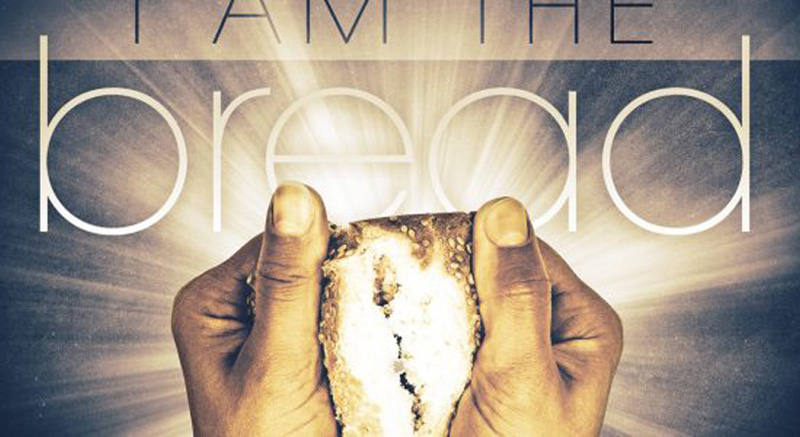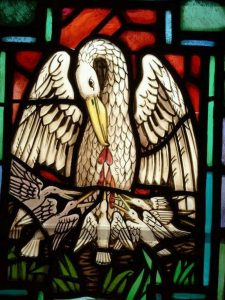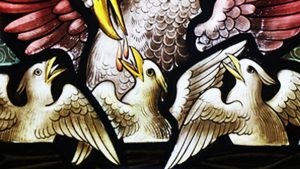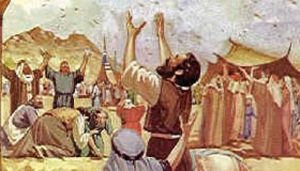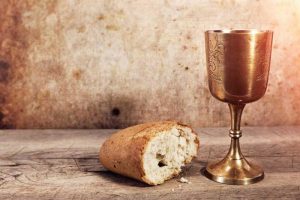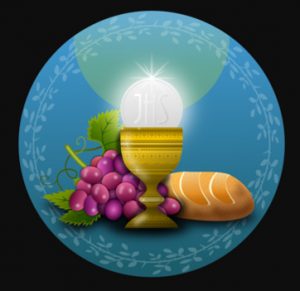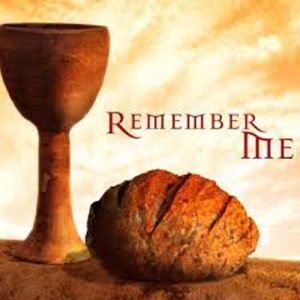Solemnity of the Body and Blood of Christ
The feast of Corpus Christi was proposed by St. Thomas Aquinas, Doctor of the Church, and established in 1264 by Pope Urban IV as a solemnity extended to the entire Roman Catholic Church. The purpose of this proclamation was to create a feast focused solely on the Holy Eucharist, emphasizing the joy of the Eucharist being the Body and Blood, Soul and Divinity of Jesus Christ.
The feast, however, was promoted as a popular devotion as early as 1247, beginning as a response to attacks on the real presence of Christ in the sacrament. By the 14th century, it included a procession with the reserved sacrament after Mass. In Europe, the closing became a petition for good weather with the monstrance carrying the Eucharist offered at four stations, blessing north, south, east and west.
Symbols explained
The Eucharist is “the source and summit of the Christian life.” (Vatican II, Lumen Gentium, Dogmatic Constitution on the Church, paragraph 11) and as we contemplate Jesus as the Bread of Life, this is an excellent time to examine the symbols for the Eucharist.
-
Wheat: Wheat is a cereal grain, its seeds are ground into flour and used as the main ingredient for bread, and Jesus is the Bread of Life. Sometimes wheat is represented by a single head of grain, other times by a shock or sheaf of wheat, a bunch of cut stalks bound together in a bundle.
-
Loaf of bread: Bread is the staple food of physical life, and Eucharistic bread is the staple food of the spiritual life. At the Last Supper, Jesus took a loaf of unleavened bread and said, “Take and eat, this is my body.” The consecrated bread is Jesus himself, the Real Presence of Christ.
-
A basket of loaves: When Jesus fed the five thousand, he began with a basket of five loaves, and when he fed the four thousand, he began with a basket of seven. Loaves and fish were part of Jesus’ Eucharistic miracles and they were part of Jesus’ Eucharistic meal with his disciples after the Resurrection.
-
A host: A host is a Communion wafer, a round piece of unleavened bread used for consecration and distribution at Mass. The term comes from the Latin word hostia, a sacrificial lamb. Jesus is “the lamb of God who takes away the sins of the world” and his body is given to us from the altar of the Mass.
-
Grapes and wine: Grapes are crushed into juice, the liquid fermented into wine, and wine was used by Jesus at the Last Supper to represent his blood, the blood of the covenant, shed on behalf of many for the forgiveness of sins.
-
A chalice: Jesus used a cup or a chalice as the vessel for his blood at the Last Supper.
-
The pelican (and her chicks): If a mother pelican’s chicks are dying for lack of food, she pierces her own breast to feed her young with her own blood. Likewise, the heart of Jesus was pierced on the cross and the blood that flowed out was true drink, and whoever drinks his blood gains eternal life.
-
The altar: This is where the Eucharistic sacrifice is celebrated and a symbol for the Eucharist itself.
Reflections on the first reading
Manna and the Sabbath
Deuteronomy 8:3: God allowed you to hunger
Manna: A Reflection
(Vigil Project Music for the Catholic Journey)
Posussin: The Jews Gathering Manna in the Desert
